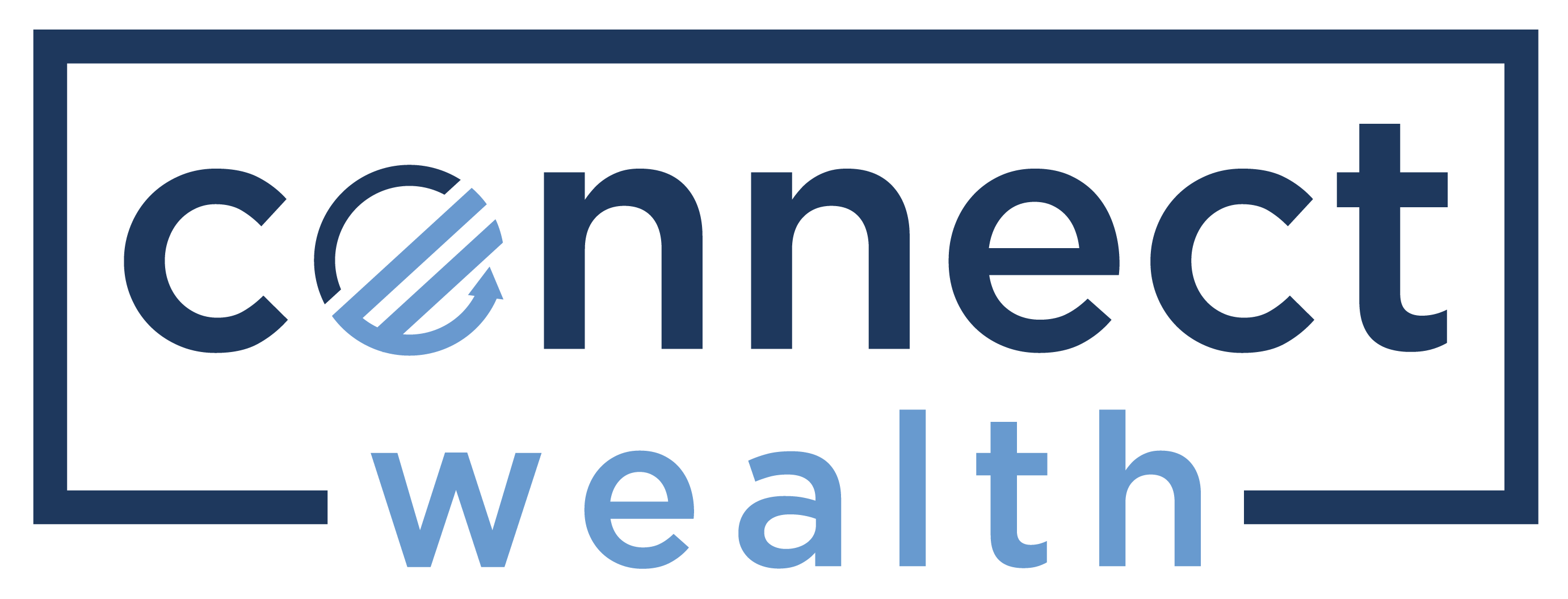Retirement planning can be challenging for government workers and teachers due to the unique nature of their benefits. Most public sector employees rely on defined benefit plans, commonly known as pensions. However, over time, pension benefits have become less robust, shifting much of the responsibility for retirement savings and planning from the employer to the employee. Understanding how your pension works alongside savings plans like a 403(b) or 457, as well as other income sources such as Social Security, can feel overwhelming.
This blog explores some of the unique retirement planning considerations for federal employees and public higher education workers, particularly within the Maryland System.
Federal Employees: Transitioning from CSRS to FERS
For federal government employees, a major shift occurred in 1987 when the Civil Service Retirement System (CSRS) was replaced by the Federal Employee Retirement System (FERS). Under CSRS, employees could receive up to 80% of their salary from their pension, making it a robust retirement benefit. In contrast, under FERS, the pension covers only about 30% of an employee’s salary.
To make up for the reduced pension, the FERS system introduced additional benefits:
- Thrift Savings Plan (TSP): A defined contribution plan with employer matching.
- Social Security: FERS participants now contribute to and receive Social Security benefits.
While the FERS system can provide a comparable retirement outcome to CSRS, it requires much more effort from the employee. Federal workers must actively contribute to their TSP, take advantage of employer matching, and create a comprehensive plan to align these benefits with Social Security and personal savings.
Public Higher Education Employees: Pension vs. Optional Retirement Plan
Employees in the University of Maryland System or other public higher education institutions face a different set of decisions. When hired, employees must choose between:
- The Maryland Teacher’s Pension System:
- Administered by the Maryland State Retirement and Pension System (SRPS).
- Employees contribute 7% of their salary to the pension.
- Vesting occurs after 10 years of service (or 5 years if hired before 2011).
- Provides a guaranteed pension at age 65 (or age 62 for those hired before 2011).
- The Optional Retirement Plan (ORP):
- A defined contribution plan set up with a state-selected vendor, such as Fidelity or TIAA.
- Employers contribute 7.25% of the employee’s salary to the plan.
- Employees are 100% vested immediately and have control over how their funds are invested.
- The ORP is portable, meaning employees can take the funds with them if they leave the institution.
Each option has its pros and cons. The pension offers a guaranteed income but requires a long-term commitment to the Maryland system to vest fully. The ORP, on the other hand, provides flexibility and immediate ownership of contributions but places the responsibility of managing investments on the employee.
Key Considerations for Retirement Planning
Whether you are a federal worker or an employee in higher education, retirement planning requires careful consideration of several factors:
- Understand Your Benefits:
Take time to understand how your pension works, the details of additional savings plans like a TSP, 403(b), or 457, and how Social Security fits into your overall retirement income. - Plan for Longevity:
With increasing life expectancies, it’s critical to ensure that your savings and income sources will last throughout retirement. - Take Full Advantage of Savings Plans:
For federal workers, maximizing contributions to the TSP, especially to receive the full employer match, is key. Higher education employees can use 403(b) and 457 plans to supplement their ORP or pension. - Seek Professional Guidance:
Retirement planning can be complex, especially with so many moving parts. A financial advisor who understands the nuances of government and public sector retirement systems can help you create a personalized strategy.
Final Thoughts
Both federal employees and public higher education workers have access to valuable retirement benefits. However, these benefits are not as automatic as they may appear. Whether you’re managing a TSP, navigating the FERS system, or deciding between the Maryland Teacher’s Pension and the ORP, proactive planning is essential.
If you need help understanding your options or creating a plan that aligns with your financial goals, we’re here to help. Retirement planning is a journey, but with the right strategy, you can approach your future with confidence.
